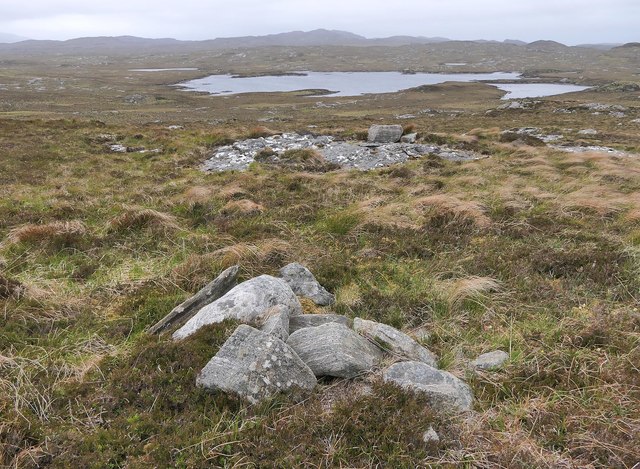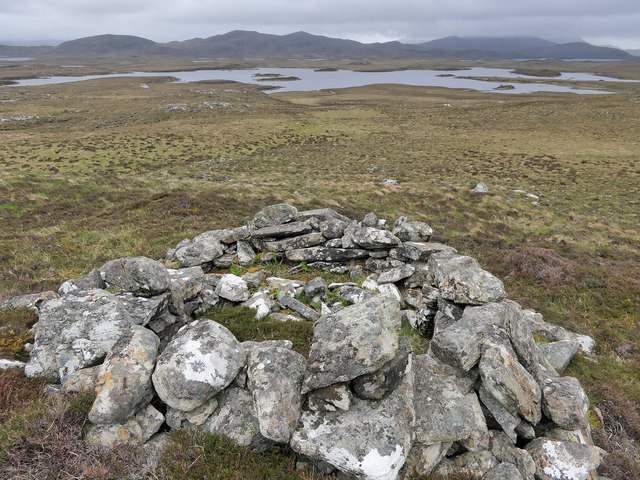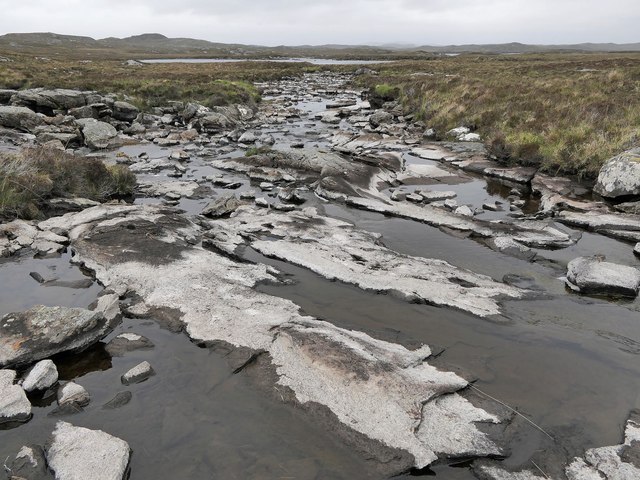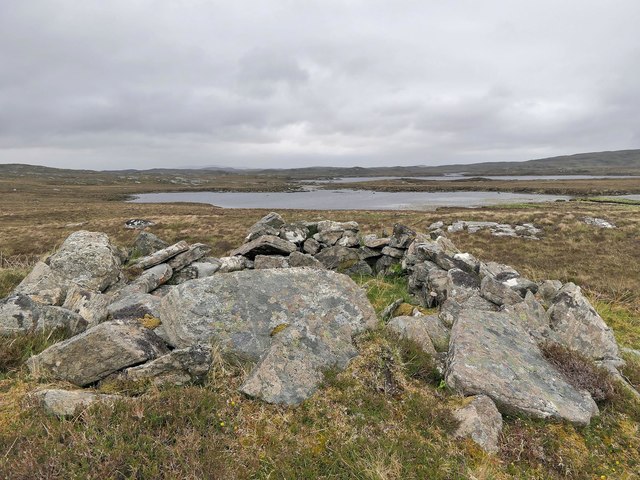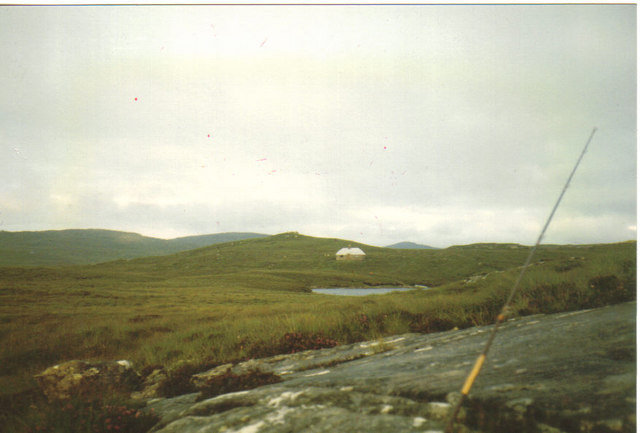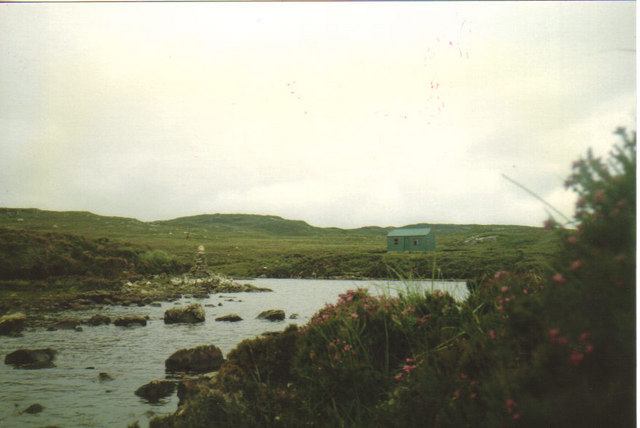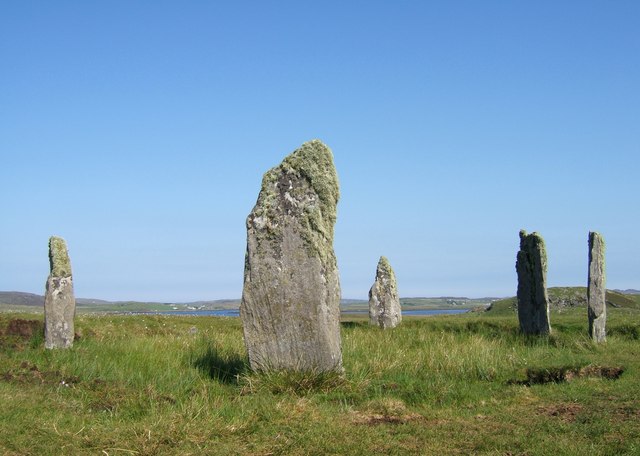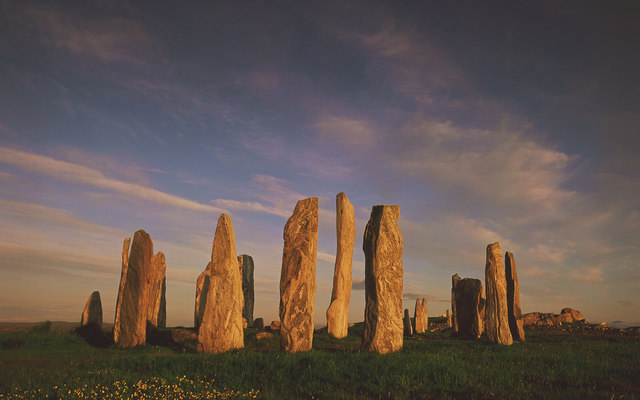Àird Faodhail Chiorabhal
Landscape Feature in Ross-shire
Scotland
Àird Faodhail Chiorabhal
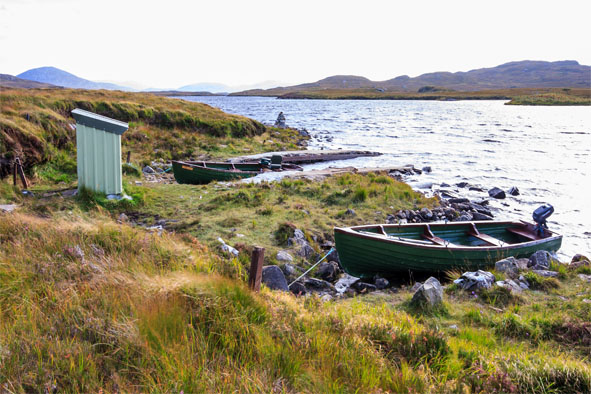
Àird Faodhail Chiorabhal is a stunning landscape feature located in Ross-shire, Scotland. Situated on the Isle of Lewis, it is a prominent headland that offers breathtaking views of the surrounding area.
This landscape feature is characterized by its rugged cliffs and rocky terrain, which provide a dramatic backdrop against the crashing waves of the Atlantic Ocean. The headland is also home to a variety of flora and fauna, including seabirds such as gannets and puffins.
At the top of Àird Faodhail Chiorabhal, there is a small hill that offers panoramic views of the surrounding countryside. From this vantage point, visitors can see the rolling hills of Lewis, the sparkling waters of the ocean, and the distant mountains of the mainland.
The headland is a popular spot for outdoor enthusiasts, offering opportunities for hiking, birdwatching, and photography. The rocky cliffs provide a challenging terrain for climbers, while the nearby beach offers a peaceful setting for picnics and relaxation.
In addition to its natural beauty, Àird Faodhail Chiorabhal also has historical significance. There are ancient ruins scattered throughout the area, including the remains of a broch - an Iron Age fortified structure. These archaeological sites provide a glimpse into the rich history of the region.
Overall, Àird Faodhail Chiorabhal is a must-visit destination for nature lovers and history enthusiasts alike. Its stunning landscapes, diverse wildlife, and historical significance make it a truly unique and captivating place to explore.
If you have any feedback on the listing, please let us know in the comments section below.
Àird Faodhail Chiorabhal Images
Images are sourced within 2km of 58.126939/-6.7396542 or Grid Reference NB2125. Thanks to Geograph Open Source API. All images are credited.
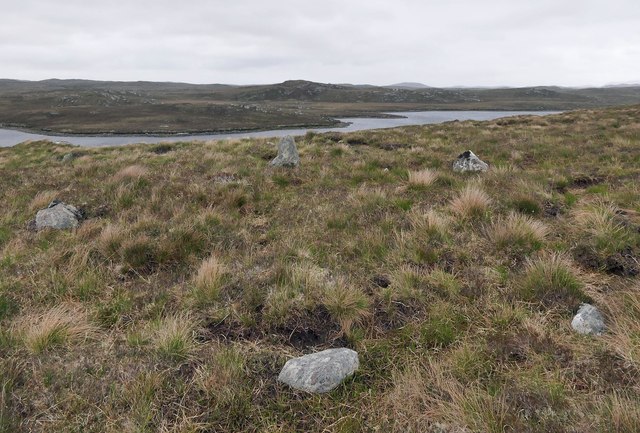
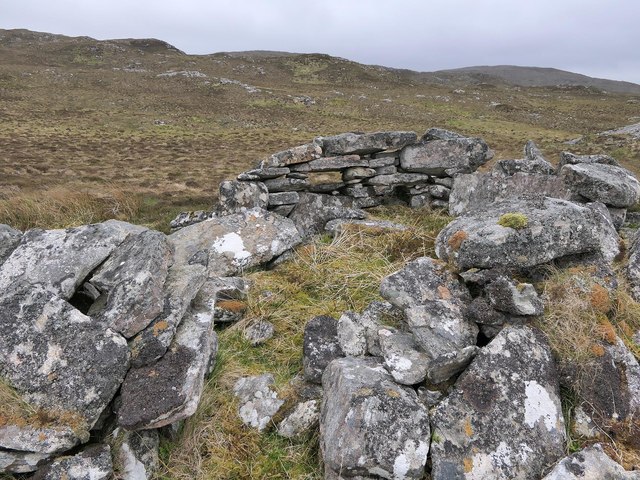
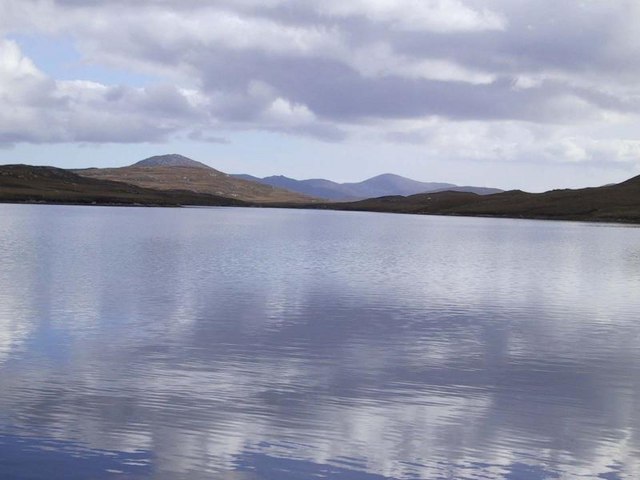
Àird Faodhail Chiorabhal is located at Grid Ref: NB2125 (Lat: 58.126939, Lng: -6.7396542)
Unitary Authority: Na h-Eileanan an Iar
Police Authority: Highlands and Islands
What 3 Words
///vessel.undulation.perused. Near Leurbost, Na h-Eileanan Siar
Related Wikis
Eilean Mòr, Loch Langavat
Eilean Mòr is an island in Loch Langavat on the Isle of Lewis in the Outer Hebrides of Scotland. == Footnotes ==
Callanish IV
The Callanish IV stone circle (Scottish Gaelic: Ceann Hulavig) is one of many megalithic structures around the better-known (and larger) Calanais I on...
Garynahine
Garynahine (Scottish Gaelic: Gearraidh na h-aibhne) is a settlement on Lewis, in the Outer Hebrides, Scotland. Garynahine is situated at a T-junction where...
Garynahine Estate
Garynahine Estate (Scottish Gaelic: Gearraidh na h-aibhne) in Garynahine, a village on the Isle of Lewis, Outer Hebrides was owned by Sir James Matheson...
Callanish II
The Callanish II stone circle (Scottish Gaelic: Cnoc Ceann a' Gharaidh) is one of many megalithic structures around the better-known (and larger) Calanais...
Callanish III
The Callanish III stone circle (Scottish Gaelic: Cnoc Fillibhir Bheag) is one of many megalithic structures around the better-known (and larger) Calanais...
Callanish Stones
The Callanish Stones (or "Callanish I": Scottish Gaelic: Clachan Chalanais or Tursachan Chalanais) are an arrangement of standing stones placed in a cruciform...
Gisla Hydro-Electric Scheme
Gisla Hydro-Electric Scheme was a small scheme promoted by the North of Scotland Hydro-Electric Board on the Isle of Lewis, Outer Hebrides, Scotland. It...
Have you been to Àird Faodhail Chiorabhal?
Leave your review of Àird Faodhail Chiorabhal below (or comments, questions and feedback).
